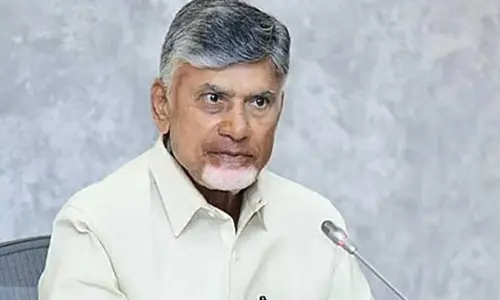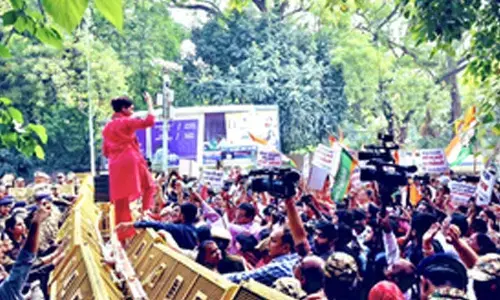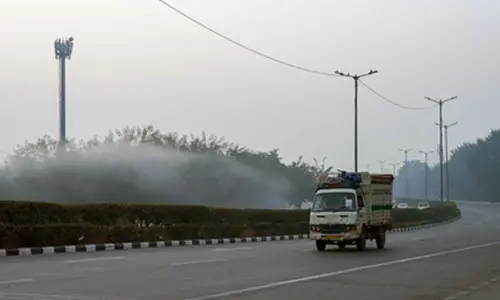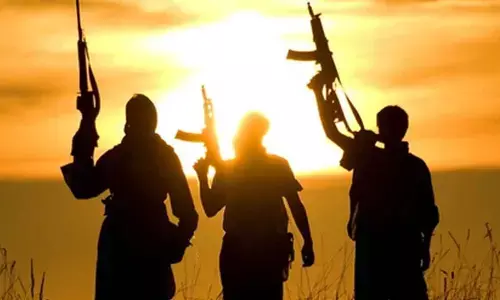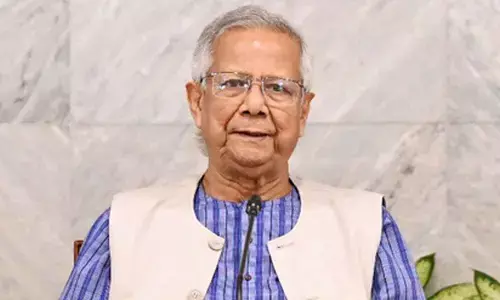Naga Framework Agreement

The Framework Agreement of August 3, 2015 between the Government of India and the National Socialist Council of Nagaland (Issak-Muivah) NSCN(I-M) is a catalytic moment promising a more flexible template of peace-making. The agreement, signed on August 3, 2015, has established the broad principles that would guide the future delibe-rations between the Government of India and the National Socialist
The Framework Agreement of August 3, 2015 between the Government of India and the National Socialist Council of Nagaland (Issak-Muivah) NSCN(I-M) is a catalytic moment promising a more flexible template of peace-making. The agreement, signed on August 3, 2015, has established the broad principles that would guide the future delibe-rations between the Government of India and the National Socialist Council of Nagalim-IM.
The content of the agreement has not been disclosed. The NSCN-IM also did not give any inkling to the Naga people about what was included in the agreement. Two aspects of the Framework Agreement have been made public—acceptance of the “uniqueness of Naga history and culture” by the Indian Government and the acceptance of the primacy of the Indian Constitution by the NSCN-IM. While Atal Behari Vajpayee had acknowledged the “unique history of the Nagas” in 2003, the NSCN-IM accepting the “primacy of the Indian Constitution” is a new development.
It puts at rest the earlier ambiguities about the NSCN-IM’s position on the Indian Constitution. This also signifies that the NSCN-IM has abandoned the objective of establishing an independent sovereign state for the Naga people. (Initially about sovereignty, the demand is now for a Greater Nagalim by integrating the Naga-inhabited areas of Manipur, Arunachal Pradesh and Assam) Although the NSCN-IM has walked a long way from its previous position, the Government of India remains reluctant to make any clear commitment on the issue of integration of the Naga-inhabited areas within India.
None of these States, which have Naga population, is likely to accept the NSCN-IM’s demand. The past 18 years’ experience shows that the Indian Government is unlikely to cede the territories of other States claimed by the Nagas.
It is not clear whether Nagalim would be governed by its own Constitution within the Indian Union and what would be the nature and terms for the sharing of sovereignty. This would require an amendment to Indian Constitution. There is also no clarity on the issue of a separate flag for Nagalim, a separate judicial system and local police, according to http://www.mainstreamweekly.net.





